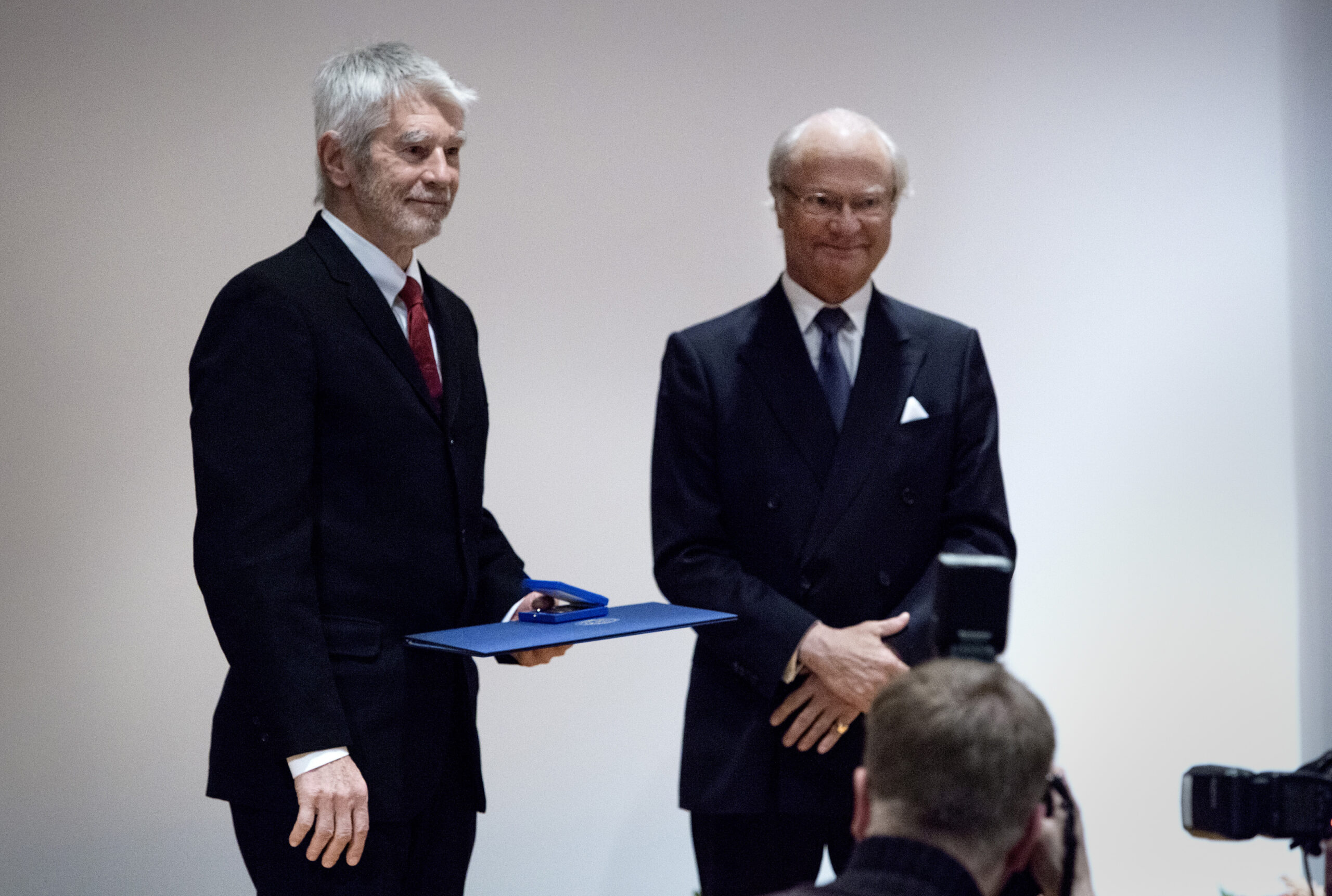The Royal Swedish Academy of Sciences has decided to award the Crafoord Prize in Geosciences 2014 to Peter Molnar, University of Colorado Boulder, CO, USA, “for his ground-breaking contribution to the understanding of global tectonics, in particular the deformation of continents and the structure and evolution of mountain ranges, as well as the impact of tectonic processes on ocean-atmosphere circulation and climate”.
When continents collide
Why do continents move? How are mountain ranges like the Himalayas and vast elevated regions like the Tibetan Plateau formed? During the 20th century, many pieces were laid, one after the other, in the theoretical puzzle elucidating the dynamics of the Earth’s crust and mantle. By observing and modelling, geoscientists were able to demonstrate not only that the compositions of oceanic and continental crust were fundamentally different, but also why these uppermost layers of the Earth, the key components of the so-called lithospheric plates, moved and were deformed.
With a background in Geophysics, this year’s Crafoord Laureate, Peter Molnar, has contributed ground-breaking knowledge about the driving forces behind plate motions and the place of continents in the plate tectonic model of Earth’s evolution. Innovatively combining geological and geophysical methods of inquiry with satellite measurements and modelling, the Laureate has also paved the way to a new understanding of the formation of mountain ranges and their role in global tectonics.
Early in his career, during the latter half of the 1960s, Peter Molnar pioneered the use of seismology to investigate the relationship between deep earthquakes and plate motion, demonstrating that the sinking of oceanic crust into the mantle in subduction zones provides the main driving force (slab-pull) for moving the plates. Thereafter, Molnar focused his research on the collision of continents, where deformation is not concentrated at plate boundaries, but spread over vast areas. When Molnar and others began to analyse the crust of the Earth, recognizing its rigidity in upper parts and ductility at lower levels, and using a continuum mechanics model, crucial discoveries were made.
The Laureate focused his investigations on southern Asia and the collision between India and Eurasia, a process that began fifty million years ago and continues today, involving frequent major earthquakes in the Himalayas and Tibet. Combining interpretations of satellite images with other geological and geophysical methods of inquiry, including reconstruction of the plate convergence prior to collision, Molnar and his colleagues were better able to explain the pattern of deformation in this continent-continent collision zone.
Their work also demonstrated the fundamental differences between this and other mountain belts like the Andes, where collision occurs between oceanic and continental crust and deformation is concentrated along the plate boundary and above the subduction zone.
By contrast, when continents collide, one is usually thrust beneath the other and deformation may extend more than a thousand kilometres from the collision zone, crustal thickness more than doubles, and the ductility of the lower crust promotes mobility both across and along the mountain belt. Thus, the Laureate and his colleagues were able to offer new explanations for the formation of the Himalayas, the elevation of the Tibetan Plateau and the presence of major faults oriented approximately perpendicular to the dominant stress field, facilitating lateral escape of material from the collision zone.
The Crafoord Laureate, still an active researcher, has taken an interdisciplinary approach not only to the study of processes in the Earth’s crust and mantle, but also to their influence on climate. His contributions to our knowledge of the formation of mountain ranges and high plateaux, taken together with evidence for the opening and closing of seaways between continents has added to our understanding of ocean current circulation and its influence on regional and global climate. Peter Molnar’s research has also yielded additional knowledge about earthquake risks, a subject that is highly relevant in the densely populated areas of the southern Himalayas and also in eastern Tibet.
Peter Molnar, US citizen, Ph.D. 1970 from Columbia University, NY, USA. Professor in Geological Sciences at University of Colorado Boulder, CO, USA.
Prize amount: SEK 4 Million.
The Prize award ceremony is to be held at the Royal Swedish Academy of Sciences (RSAS) on 6 May 2014, in the presence of Their Majesties the King and Queen of Sweden.
Crafoord Days, 5–7 May 2014 in Stockholm and Lund, Sweden
Prize symposium, Monday 5 May, RSAS, Stockholm
Prize award ceremony, Tuesday 6 May, Beijer Hall, RSAS
Prize lecture, Wednesday 7 May, Lund University, Lund

